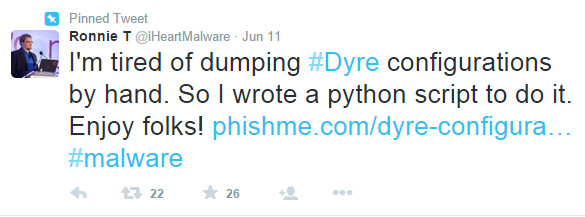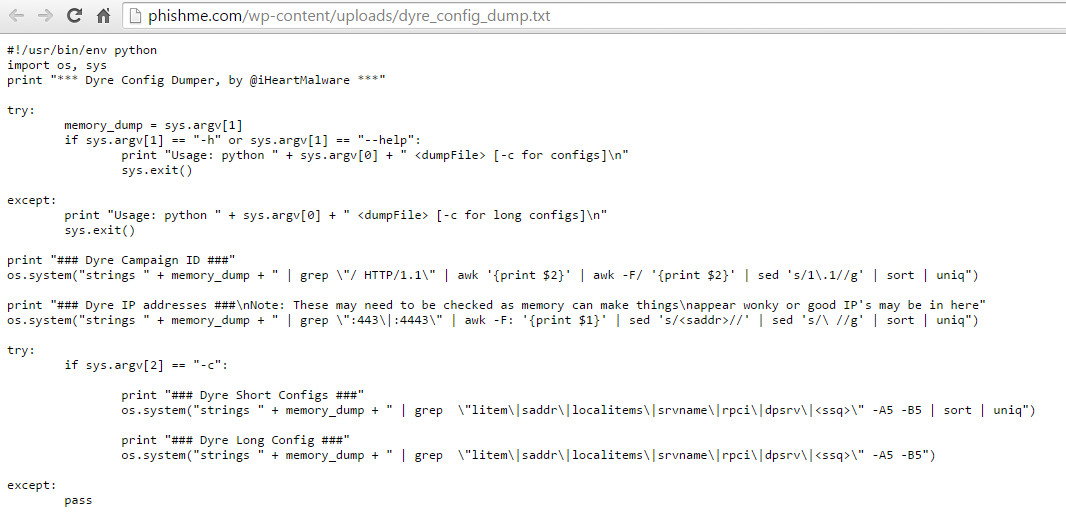deboogeek: make that 9 years... :)
deboogeek commented: Actually, I'm here after 8 years. So, it's nearly a decade you've been happily coding. Great! +0
happygeek 2,411 Most Valuable Poster Team Colleague Featured Poster
dtpp commented: And here is truth: YES, people do not like this (in this sense its broken); so follow your own words please..... +0
happygeek 2,411 Most Valuable Poster Team Colleague Featured Poster
happygeek 2,411 Most Valuable Poster Team Colleague Featured Poster
happygeek 2,411 Most Valuable Poster Team Colleague Featured Poster
happygeek 2,411 Most Valuable Poster Team Colleague Featured Poster
happygeek 2,411 Most Valuable Poster Team Colleague Featured Poster
happygeek 2,411 Most Valuable Poster Team Colleague Featured Poster
happygeek 2,411 Most Valuable Poster Team Colleague Featured Poster
mindmergepk commented: may be you are write, but there is no way to use software after a disk is degaussed +0
happygeek 2,411 Most Valuable Poster Team Colleague Featured Poster
happygeek 2,411 Most Valuable Poster Team Colleague Featured Poster
irshad398 commented: Thank you +0
happygeek 2,411 Most Valuable Poster Team Colleague Featured Poster
happygeek 2,411 Most Valuable Poster Team Colleague Featured Poster
happygeek 2,411 Most Valuable Poster Team Colleague Featured Poster
happygeek 2,411 Most Valuable Poster Team Colleague Featured Poster
happygeek 2,411 Most Valuable Poster Team Colleague Featured Poster
happygeek 2,411 Most Valuable Poster Team Colleague Featured Poster
happygeek 2,411 Most Valuable Poster Team Colleague Featured Poster
mike_2000_17 commented: Nice catch! +0
happygeek 2,411 Most Valuable Poster Team Colleague Featured Poster
Slavi commented: I think he'll charge you up with a car battery! :D +0
happygeek 2,411 Most Valuable Poster Team Colleague Featured Poster
happygeek 2,411 Most Valuable Poster Team Colleague Featured Poster
Slavi commented: lol'd +0
diafol commented: +1 for George and rammstein +0
Warrens80 commented: She hasn't been avctive since she signed up Dave +0
happygeek 2,411 Most Valuable Poster Team Colleague Featured Poster
happygeek 2,411 Most Valuable Poster Team Colleague Featured Poster
happygeek 2,411 Most Valuable Poster Team Colleague Featured Poster
happygeek 2,411 Most Valuable Poster Team Colleague Featured Poster
happygeek 2,411 Most Valuable Poster Team Colleague Featured Poster
happygeek 2,411 Most Valuable Poster Team Colleague Featured Poster
happygeek 2,411 Most Valuable Poster Team Colleague Featured Poster
happygeek 2,411 Most Valuable Poster Team Colleague Featured Poster
happygeek 2,411 Most Valuable Poster Team Colleague Featured Poster
Stuugie commented: lol +0
happygeek 2,411 Most Valuable Poster Team Colleague Featured Poster







